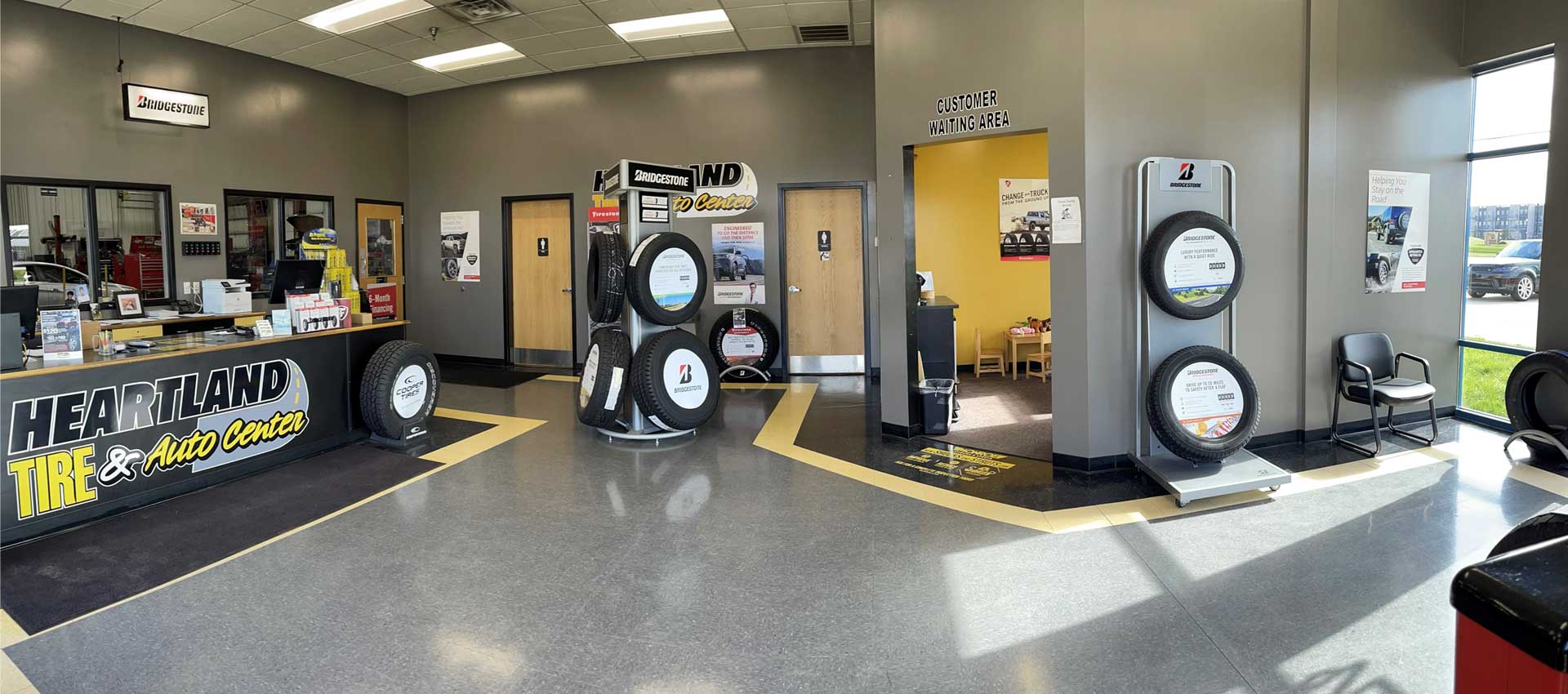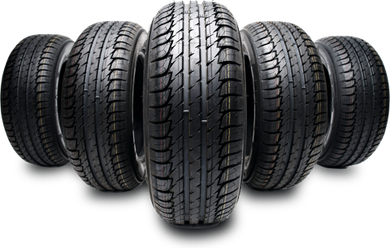Save Big with Mopar Tire Service Specials in Morris: Limited Time Supplies
Save Big with Mopar Tire Service Specials in Morris: Limited Time Supplies
Blog Article
Tire Service: Understanding Tire Stress Surveillance Solutions
Recognizing Tire Pressure Surveillance Solutions (TPMS) is an essential facet of maintaining ideal car efficiency and safety and security when driving. With improvements in automobile innovation, TPMS has actually become a typical feature in modern-day lorries, offering real-time info on tire pressure levels. Digging much deeper into the complexities of TPMS, one can discover the numerous components that comprise this system and the importance of each in ensuring precise monitoring. From direct to indirect TPMS systems, the landscape of tire pressure monitoring varies, each with its one-of-a-kind collection of advantages and considerations. Remain tuned to unwind the intricacies of TPMS, from maintenance tips to the indisputable benefits of maintaining your tires appropriately blew up. tires morris il.

Significance of TPMS
The relevance of Tire Stress Surveillance Systems (TPMS) exists in their capacity to improve automobile security and performance through real-time monitoring of tire stress degrees. Maintaining the correct tire pressure is important for making certain optimum handling, braking, and total security of an automobile. TPMS offers drivers with prompt responses on any type of overinflated or underinflated tires, enabling timely adjustments to be made.
Parts of TPMS
Consisting of various vital elements, a Tire Pressure Tracking System (TPMS) operates as an innovative security feature in modern-day vehicles. The major elements of a TPMS include sensing units, a control component, and a caution indicator. Sensors are usually located in the tire valve stem or affixed to the wheel setting up, where they measure tire pressure and transmit data to the control component. The control component processes this details and activates a caution if it finds dramatically reduced pressure in any one of the tires. The warning indicator, typically a symbol on the dashboard, alerts the driver to inspect the affected tire or tires. Some advanced TPMS versions also show the real tire stress readings for each tire, giving vehicle drivers with real-time details to ensure optimal tire performance and security. By keeping track of tire pressure continuously, TPMS assists protect against crashes, decreases tire wear, and enhances gas effectiveness, making it a crucial part for lorry safety and efficiency.
Kinds of TPMS

On the other hand, indirect TPMS depends on the automobile's wheel rate sensing units to keep track of tire pressure. This system finds underinflation by contrasting the rotational rates of the wheels. Indirect TPMS is less expensive than straight TPMS, as it utilizes existing sensing units within the vehicle.
While straight TPMS uses a lot more precise readings, indirect TPMS is easier in style and usually needs much less upkeep. Both systems have their advantages and restrictions, and the selection in between them frequently depends on elements such as price, car make, and individual choice. Recognizing the distinctions in between these 2 kinds of TPMS can aid lorry owners make educated choices relating to tire maintenance and security.
TPMS Upkeep Tips
Reliable maintenance of TPMS is crucial for guaranteeing optimal efficiency and safety and security of your vehicle. Frequently evaluating the TPMS sensing units for any type of damages or deterioration is critical. Make certain that the sensors are free and clean from debris that could hinder their functioning. In addition, it is a good idea to check the sensing unit batteries periodically and change them as required to guarantee accurate analyses. Conduct routine checks on the tire stress levels Read More Here and compare them with the TPMS readings to guarantee they correspond. If there are any type of inconsistencies, recalibrate the system complying with the producer's standards. Additionally, during tire rotation or replacement, make certain that the TPMS parts are handled very carefully to avoid any type of prospective damage. If the TPMS advising light illuminates on the dashboard, resolve the issue immediately by examining the tire stress and the overall system for any faults. By adhering to these maintenance suggestions, you can prolong the life-span of your TPMS and boost the security of your driving experience.
Benefits of Appropriate Tire Stress
Keeping appropriate tire stress, as emphasized in TPMS Maintenance Tips, is essential for enjoying the many benefits connected with optimum tire pressure degrees. Furthermore, appropriate tire stress guarantees also tire wear, extending the life-span of the tires and promoting much safer driving conditions. In final thought, the advantages of proper tire stress go beyond just tire longevity; they incorporate boosted gas performance, boosted security, better car performance, and total driving comfort.
Conclusion
Finally, comprehending tire pressure monitoring systems (TPMS) is essential for keeping optimum tire pressure and making certain automobile safety. By identifying the value of TPMS, recognizing with its parts, recognizing the visit their website various kinds readily available, sticking to correct upkeep suggestions, and understanding the benefits of preserving correct tire pressure, drivers can boost their driving experience and lengthen the lifespan of their tires. Correct tire pressure is essential to effective and risk-free car why not check here operation.

Report this page